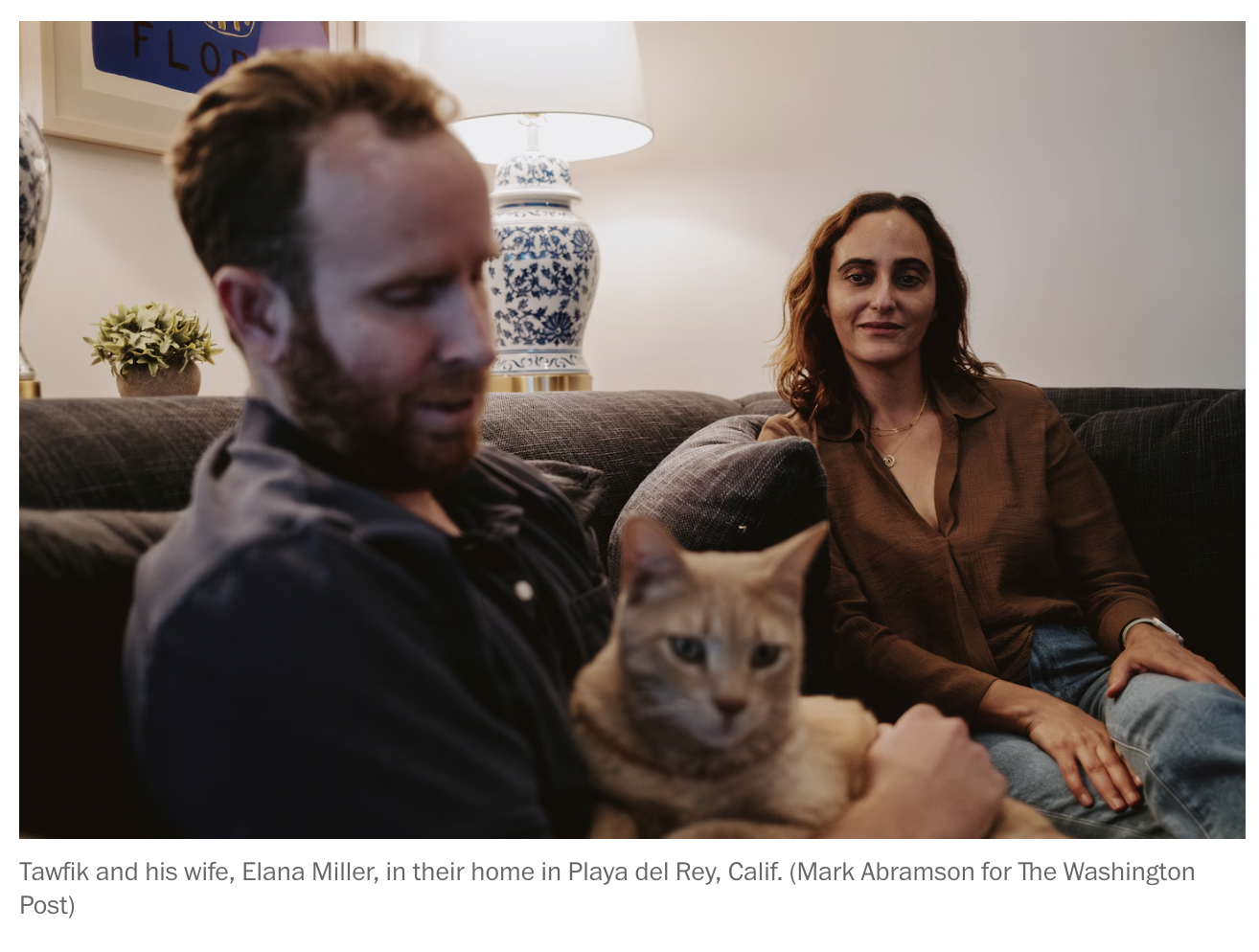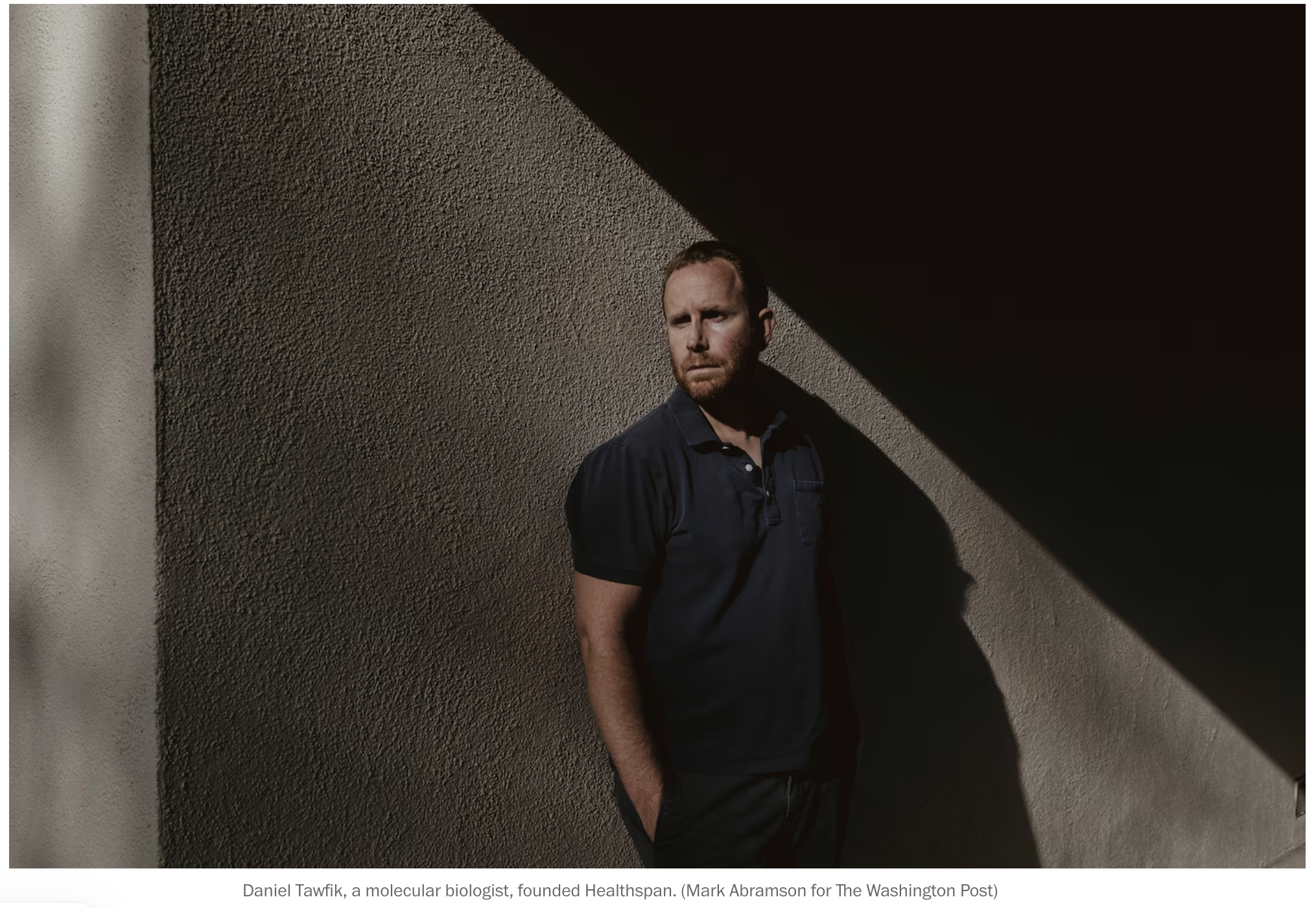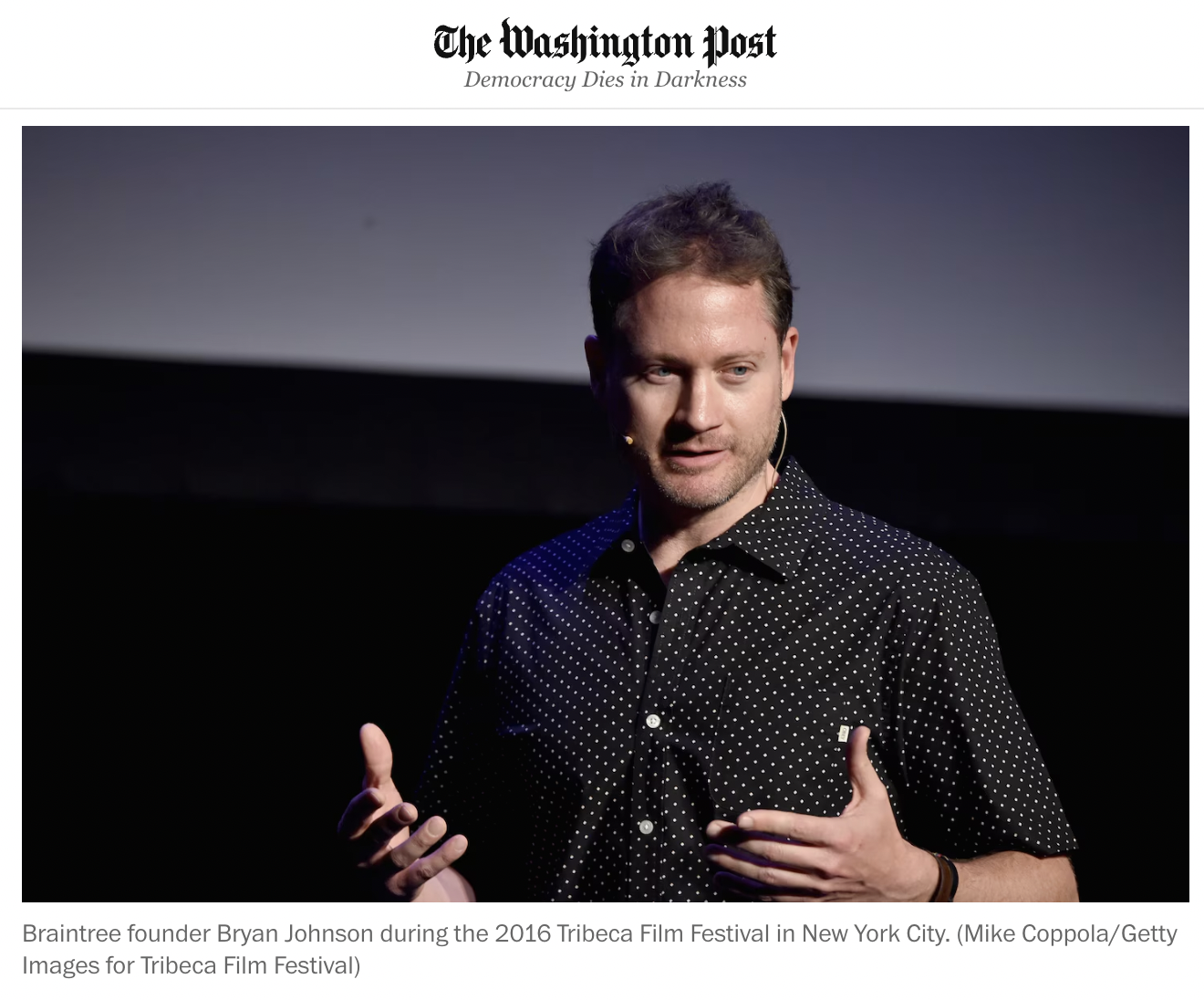Rapamycin's Role in Longevity Research: Rapamycin, originally derived from soil on Easter Island, has captured the attention of geroscience researchers for its ability to extend healthspan by modulating cellular aging pathways. This mTOR-inhibiting compound has shown promising results in various animal models, raising questions about its potential benefits in humans for delaying age-related diseases and improving overall healthspan.
Bridging Research and Clinical Practice: The Washington Post article outlines the efforts of Healthspan, a company founded by Daniel Tawfik in response to his wife, Dr. Elana Miller’s battle with lymphoma and her use of rapamycin. The company aims to make rapamycin more accessible and to translate scientific research into real-world clinical applications. This initiative highlights the ongoing challenge of moving from laboratory findings to practical, regulated medical solutions that can benefit patients directly.
Current Landscape and Future of Longevity Medicine: Through discussions with key figures in the field, such as Professor Matt Kaeberlein, Professor Eric Verdin, Dr. Peter Attia, Dr. Andrew Huberman, and Bryan Johnson, the article paints a comprehensive picture of the state of longevity medicine. It explores the regulatory hurdles, the scientific community's cautious optimism, and the increasing public interest in using interventions like rapamycin to extend healthy living years.
Rapamycin has become a significant subject of interest among geroscience researchers for its potential to improve healthspan. Despite growing evidence, primarily from animal studies and new human trials, highlighting its benefits for delaying age-related diseases, the scientific community continues to explore its broader applications. A recent article by The Washington Post explored the burgeoning interest within the scientific and medical community regarding the potential of rapamycin to promote healthspan.

The article highlights Healthspan’s role in attempting to make rapamycin more accessible and our work in translating clinical research to treat real-world patients to capture the potential benefits of the mTOR-inhibiting compound. It recounts the experience of our founder, Daniel Tawfik, in his attempt to find care for his wife when her Lymphoma relapsed, and his realization of the disconnect between what’s happening in the research community and the clinical world.

The article covers several key aspects of the longevity field, with special attention to rapamycin and its potential role in extending human healthspan. These include:
- The Mechanism and Promise of Rapamycin: The article explores how rapamycin, a drug originally sourced from the soil of Easter Island, has become a focal point in longevity research due to its unique ability to modulate cellular pathways that are implicated in aging. By altering the way cells respond to nutrients, rapamycin has shown the potential to improve healthspan in various animal models, prompting curiosity about its application in humans.
- The Landscape of Longevity Medicine: Through interviews with researchers, physicians, and individuals experimenting with rapamycin, the article paints a vivid picture of the current state of longevity medicine. It discusses the complexities of translating animal research findings to human health, the regulatory challenges, and the growing interest among the public and medical practitioners in exploring uncharted territories of medical science.
- Healthspan's Role in Pioneering Longevity Research: Highlighting Daniel Tawfik's insights and the founding story of our company, the article underscores our commitment to bridging the gap between new scientific research and practical health interventions. It sheds light on our initiatives to explore rapamycin's potential safely and responsibly, contributing to the broader mission of extending the healthy years of human life. The article includes insights from researchers like Professor Matt Kaeberlein, a leading expert on the geroprotective use of rapamycin, Professor Eric Verdin from the Buck Institute on Aging, Dr. Peter Attia, Dr. Andrew Huberman, and Bryan Johnson, providing a broad spectrum of perspectives on rapamycin and its place in the future of longevity research.

We encourage all our subscribers to read the full article to gain a deeper understanding of the intricacies of longevity science and the innovative approaches being pursued to enhance human healthspan.